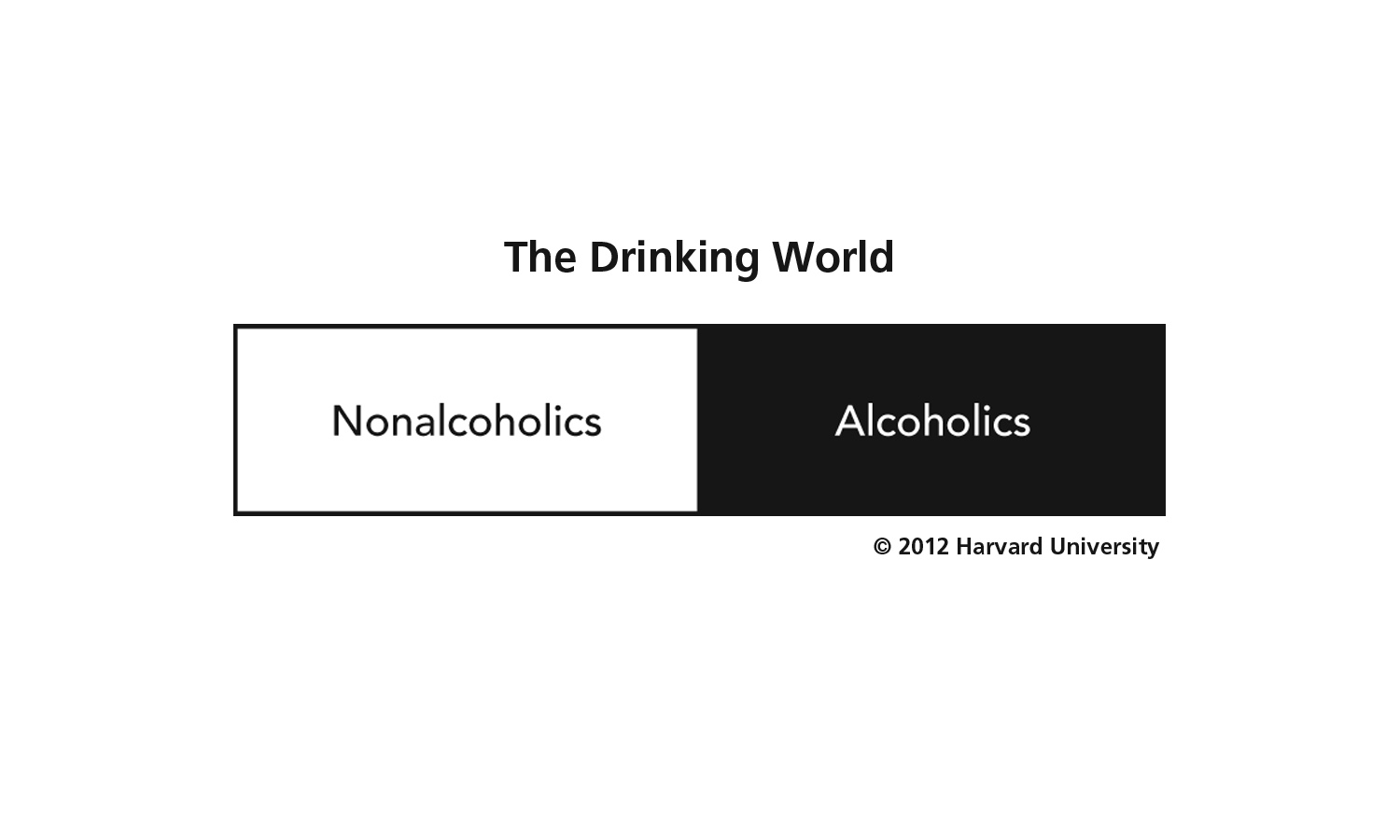Most of us intuitively know that people who drink to excess -- in particular, those men and women whose drinking qualifies them for a diagnosis of alcoholism -- suffer from severe consequences, including health consequences. This was confirmed, not intuitively but using hard data, in a study conducted in Germany and reported in the journal Alcoholism: Clinical and Experimental Research earlier this year. The question that these researchers were seeking to answer was this: Exactly how much more likely is an alcoholic to die as compared to a non-alcoholic?
The Surprise in the Data
What the data showed surprised the researchers. They did, as expected, find that over a 14-year period, alcoholics had a higher death rate than non-alcoholics. Among men, the death rate was almost twice as high for the alcoholic group. But the big surprise came from the women in the sample: They were five times more likely to die than their non-alcoholic peers.
Understanding exactly why alcoholism is so much more lethal among women as compared to men will require further study. Hopefully these findings in and of themselves will spur such research moving forward. For now, these findings should amount to a red flag for women -- and not only those who are alcoholics.
What If I'm Not an Alcoholic?
This particular study focused on a group of men and women whose drinking was so severe that it qualified them for a formal diagnosis of alcoholism. But does that mean that women whose drinking falls short of crossing that red line should feel safe? I don't believe so. Here's why.
For many years mental health and health professionals were used to thinking of drinking in a black-and-white way. Specifically, people were essentially thought to fall into one of two categories: alcoholics and non-alcoholics. That kind of categorical thinking is represented by the following diagram:

For the past several years the American Psychiatric Association (APA) has worked on a revision of the Diagnostic and Statistical Manual (DSM) that is used to make diagnoses. In particular, the APA did a lot of re-thinking about this categorical view of many diagnoses, and one of them was alcoholism. As a result, in its just released newest version of the manual, called DSM-5, the categorical approach has been replaced with a dimensional one (www.dsm5.org). That view can be represented by a diagram such as the following:
In this new dimensional view, drinking behavior does not fall simply into one of two categories, but exists on a spectrum that varies a great deal, from what could be called social drinking at one extreme, to the kind of alcoholism that was the subject of the above study at the opposite extreme. In between is a large range of drinking, including a gray area that could be called the almost alcoholic zone.
This new approach is not intended to diagnose more people. On the contrary, the proportion of men and women who fall at the extreme right side of the drinking spectrum is no larger than it has been. However, this new dimensional approach can be very helpful to those people who, though not alcoholics, might be inclined to believe that they are safe simply because of that fact. In reality, many people fall somewhere in the middle of the drinking spectrum. That means that they are not necessarily totally "safe," even though their drinking falls far short of alcoholism.
The dimensional approach will be useful to everyone, but the data reported above may make it even more relevant for women. Consequences of drinking in the almost alcoholic zone are not as extreme as those associated with alcoholism, but they are real. They can include physical, emotional, and social consequences.
Quite a few women have shared with me that the contemporary work, family, and social lives they live are conducive to drinking more than they once did. Meeting friends for happy hour, having a couple of glasses of wine after work every day to unwind (or to get to sleep) are fairly common. That's not to say that this equals alcoholism, or that these women need treatment. On the other hand, they may be unwittingly exposing themselves to health risks. Rather than "pathologizing" them, the new dimensional view of the drinking world could help many women evaluate their own drinking and make a decision if they like where they are, or if they ought to consider ways of "shifting left" on the drinking spectrum.
Need help with substance abuse or mental health issues? In the U.S., call 800-662-HELP (4357) for the SAMHSA National Helpline.
For more by Joseph Nowinski, Ph.D., click here.
For more on addiction and recovery, click here.
